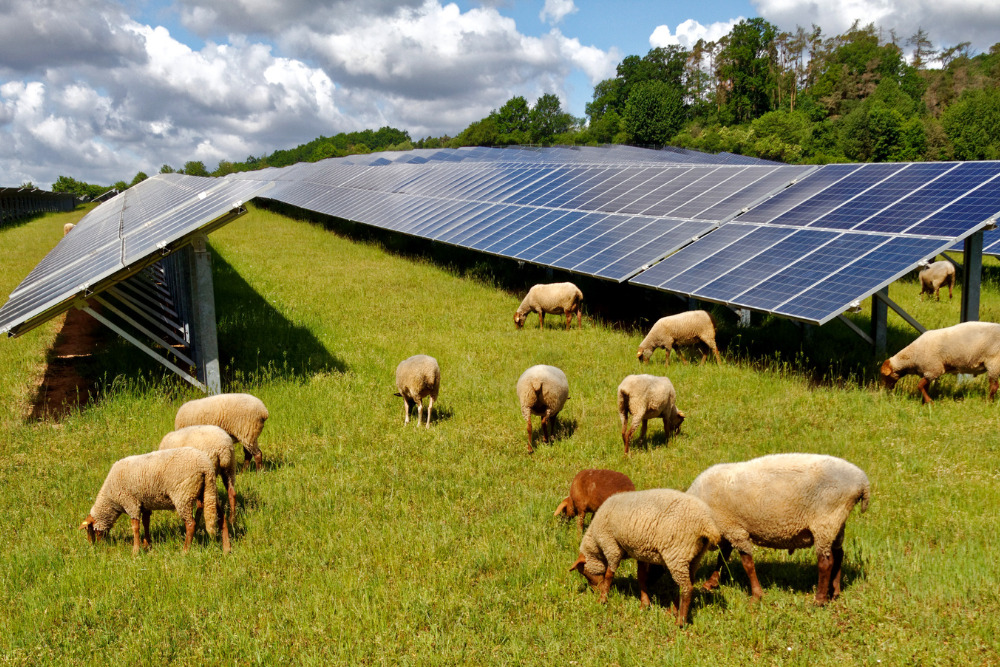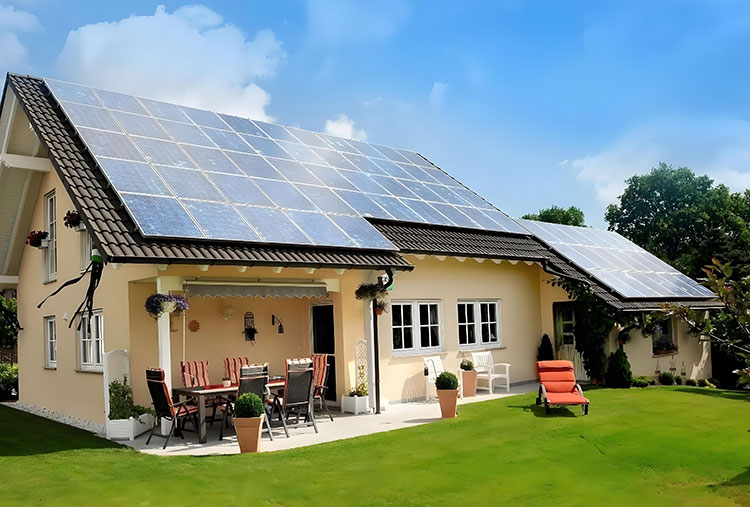🌱 Wildlife Benefits at Solar Farms – A Win-Win for Nature and Clean Energy
Aug 13, 2025
11 mins read
As the world races toward clean and renewable energy, solar farms have emerged as a popular choice for sustainable power generation. But beyond producing electricity, these vast fields of solar panels can also become unexpected havens for wildlife—if managed thoughtfully.
In this blog, we’ll explore how solar farms benef
Business
🌱 Wildlife Benefits at Solar Farms – A Win-Win for Nature and Clean Energy
As the world races toward clean and renewable energy, solar farms have emerged as a popular choice for sustainable power generation. But beyond producing electricity, these vast fields of solar panels can also become unexpected havens for wildlife—if managed thoughtfully. In this blog, we’ll explore how solar farms benefit wildlife, why they matter for biodiversity, and how they can coexist harmoniously with nature.
1️⃣ Turning Solar Sites into Wildlife Sanctuaries
- When solar farms are designed with eco-friendly landscaping, they can provide safe habitats for various species.
- Native plants and wildflowers attract bees, butterflies, and other pollinators.
- Grasslands under and around panels provide shelter for small mammals, reptiles, and birds.
- Avoiding pesticides helps support healthy insect populations.
2️⃣ Supporting Pollinators
- Pollinators like bees and butterflies are crucial for food production and healthy ecosystems.
- Solar farms that plant pollinator-friendly vegetation can boost local insect populations.
- This also helps nearby farms improve crop yields through better pollination.
3️⃣ Providing Shelter and Safe Zones
In many areas, agricultural or industrial development reduces wildlife habitats. Solar farms, when fenced properly and minimally disturbed, can offer:
- Safe nesting areas for ground-nesting birds.
- Refuge for rabbits, foxes, and hedgehogs.
- Shaded, cooler spots for animals during hot weather.
4️⃣ Enhancing Soil and Water Health
By planting deep-rooted native plants, solar farms can:
- Prevent soil erosion.
- Improve groundwater recharge.
- Create small wetlands in low-lying areas that become homes for frogs, insects, and aquatic plants.
5️⃣ Dual Land Use – Farming & Wildlife
- Some solar farms adopt agrivoltaics—combining solar energy generation with farming or grazing.
- Sheep grazing under panels keeps grass trimmed naturally while providing food for livestock.
- This practice reduces the need for mowing, lowers emissions, and maintains open habitat for smaller species.
6️⃣ Long-Term Ecological Benefits
Since solar farms often operate for 25–30 years, they can help restore degraded lands:
- Allowing vegetation to regrow naturally.
- Reducing disturbance from heavy farming or construction.
- Supporting wildlife corridors that connect fragmented habitats.
Final Thoughts
Solar farms are more than just rows of panels generating clean energy—they can be havens for wildlife when managed sustainably. Through pollinator-friendly plantings, safe shelter for small animals, wetland integration, and habitat connectivity, these renewable energy sites can play a critical role in reversing biodiversity loss. By balancing technology with ecology, solar farms have the potential to power our homes while nurturing the natural world.

